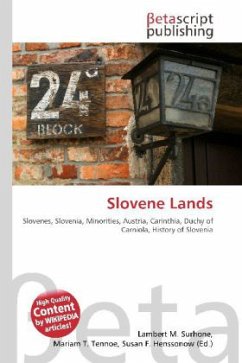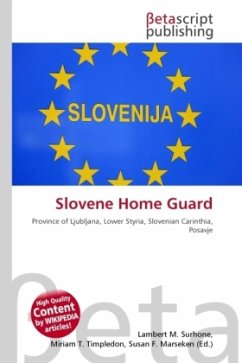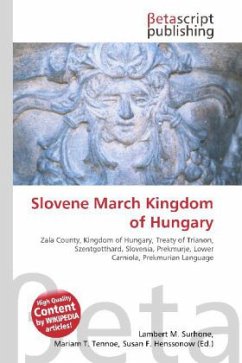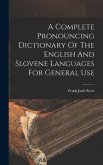Please note that the content of this book primarily consists of articles available from Wikipedia or other free sources online. Throughout most of Slovene history, the Slovene ethnic territory belonged to different states, although the vast majority became part of the Habsburg Monarchy by the end of the 15th century. Up to the end of World War I, modern Slovenia was divided between the Austrian provinces of Carniola, Carinthia, Styria and the Austrian Littoral, with a small part belonging to the Kingdom of Hungary. The very word Slovenia did not exist until early 19th century, when it was coined for political purposes by the Slovenian romantic nationalists, most probably by some pupils of the linguist Jernej Kopitar.It started to be used only from the 1840s on, when the quest for a politically autonomous United Slovenia within the Austrian Empire was first advanced during the Spring of Nations. It is only since October 29, 1918, when Slovenes declared independence from the Austro-Hungarian Empire and established the State of Slovenes, Croats and Serbs, that Slovenia de facto became a distinctive administrative and political entity.








